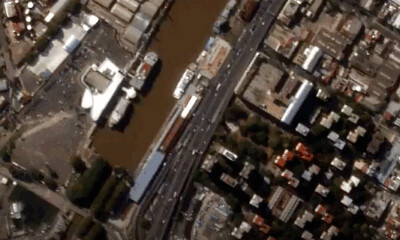Project Name:
Smart Traffic Analysis: A vision-based platform for analyzing and improving traffic safety
Proposal in one sentence:
Develop a tool that uses AI and computer vision to analyze traffic data, identify risk situations, and simulate improvements to infrastructure for safer roads and increased mobility.
Description of the project and what problem it is solving:
As cities worldwide strive to achieve their climate goals through the promotion of public transportation and cycling, it is crucial to also consider the safety of these modes of transportation. Pedestrians and cyclists are involved in more than 114k accidents with 800 deaths per year in Germany alone (Statistics 2020). While city planners aim to improve infrastructure for these modes of transportation, their decisions are often based on limited traffic data and heuristic assumptions, leading to reactive rather than proactive solutions.
To address this problem, I propose to build a tool that enables city planners and safety departments to quickly and comprehensively assess traffic risks at specific hot spots. By providing empirical data on the risks faced by pedestrians, cyclists, and other vulnerable road users, city planners can intervene before accidents occur, ultimately improving safety and increasing the use of sustainable transportation options.
The tool will utilize AI and computer vision to detect, track, and predict the movements of traffic participants from camera recordings mounted for a limited time at the junction and following privacy standards for anonymization. This data will be used to create heat maps of risk situations and measure the impact of infrastructure changes on traffic safety.
Grant Deliverables:
- Develop a prototype of the analysis platform, including a heat map of risk situations and a description of traffic volume.
- Perform traffic recordings and test the platform to real scenarios
Squad Lead: Patrick
I recently completed my PhD in Deep Learning and Computer Vision, with a focus on multi-object tracking and pedestrian trajectory prediction. I am now eager to apply my expertise to develop an AI product that can benefit a wider audience. My goal is to bridge the gap between research and practical applications of AI.
- Twitter handle: @PatDenAI
- Discord handle: PatAI#9433

